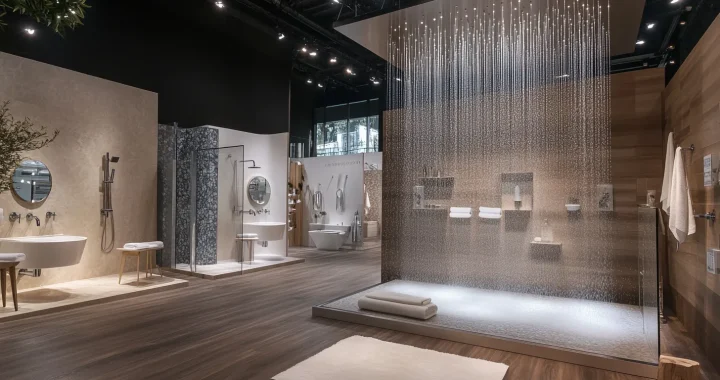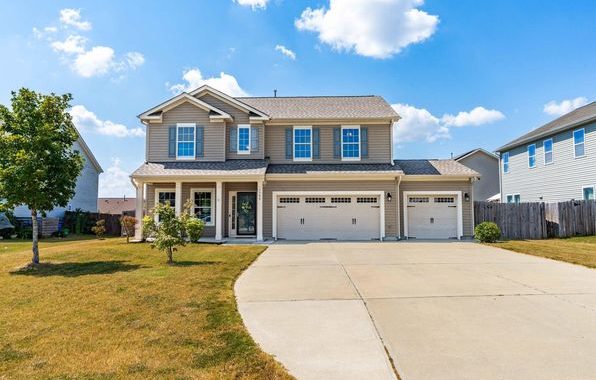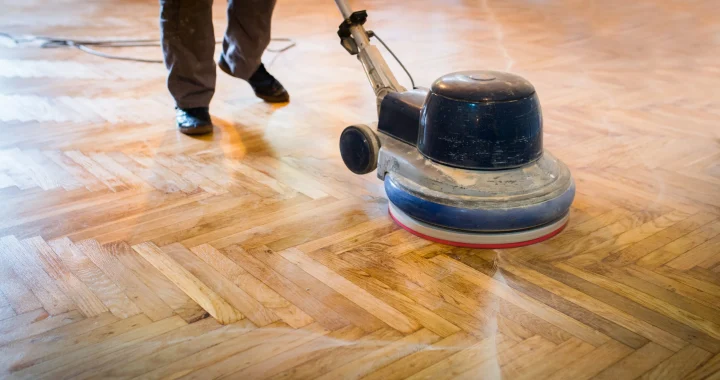How do you evaluate a condo’s ventilation system quality?
Evaluating a condo’s ventilation system requires attention to details that might not be immediately obvious during a typical property viewing. While examining Promenade Peak Floor Plans and similar documents can provide initial insights into airflow design, prospective buyers must dig deeper to assess ventilation quality effectively. A properly functioning ventilation system impacts indoor air quality, humidity levels, energy efficiency, and overall comfort in ways that significantly affect daily living experience.
Visual inspection
Start your assessment with a thorough visual examination of all visible ventilation components. Look for clean, adequately sized air vents in appropriate locations throughout the unit. Each room should have at least one supply vent and ideally a return vent to ensure proper air circulation. Check bathroom and kitchen exhaust fans for proper installation and venting to the outside rather than into attic spaces or between walls. These direct-to-exterior ventilation paths prevent moisture and cooking odours from circulating through the building or creating hidden mould problems. Examine the condition of visible ductwork in unfinished areas like utility rooms or storage spaces. Properly sealed, insulated ducts indicate attention to detail in the ventilation system design and installation.
System separation
- Identify whether the unit has an independent HVAC system
- Determine if bathroom and kitchen exhaust fans are dedicated or shared
- Check for separate temperature controls within your unit
- Ask about maintenance responsibilities for shared components
- Verify whether fresh air intake exists for your specific unit
Independent systems generally provide better control over your living environment and limit potential issues from neighbouring units. Shared systems, sometimes unavoidable in older buildings, require proper maintenance protocols and good building management.
Noise levels
Ventilation system noise can significantly impact comfort, especially in bedrooms and quiet areas. During your inspection, ask to have the ventilation system turned on at various settings to assess noise levels. Listen for rattling ductwork, whistling air returns, or humming mechanical components that might become irritating over time. Quality systems operate quietly enough to maintain comfortable sound levels even at higher settings. Pay special attention to bedroom ventilation noise, as moderate sound levels can disrupt sleep patterns. To minimise noise transmission, many newer condos feature sound-dampening materials around ducts and mechanical components.
Air movement
Proper ventilation creates gentle, consistent air movement without uncomfortable drafts or stagnant areas. To evaluate this aspect:
- Hold tissue paper near vents to observe air movement strength
- Check for consistent airflow throughout all rooms
- Note any temperature variations between rooms or areas
- Assess air quality near cooking areas and bathrooms
- Look for evidence of adequate fresh air introduction
Ideally, you should feel subtle air movement throughout the unit without obvious hot or cold spots. Poor air circulation often manifests as stuffy corners, condensation on windows, or persistent odours that fail to dissipate.
Maintenance history
Request documentation of the ventilation system’s maintenance history, including filter replacements, duct cleaning, and any upgrades or repairs. Regular maintenance indicates proper system care and suggests the system will continue performing well. Ask about the age of major components like air handlers and exhaust fans. Most quality ventilation equipment has a 15-20-year lifespan, so systems approaching this age may require replacement soon after purchase. Buildings with comprehensive preventative maintenance programs typically maintain better indoor air quality and experience fewer system failures. This documentation provides valuable insights into both the current system condition and the likely future performance.
A thorough evaluation of a condo’s ventilation system before purchase helps prevent unexpected problems and ensures the home will provide comfortable, healthy living conditions for years.


 More buyers exploring different living styles as preferences shift this year
More buyers exploring different living styles as preferences shift this year  Why Buy a Luxury Home with AC and a Garage in Palm Beach?
Why Buy a Luxury Home with AC and a Garage in Palm Beach?  How to Upgrade Your Bathroom with a New Vanity
How to Upgrade Your Bathroom with a New Vanity  ok.com: The Ultimate Hub for Recruitment, Real Estate, Automotive, and Lifestyle Solutions
ok.com: The Ultimate Hub for Recruitment, Real Estate, Automotive, and Lifestyle Solutions  Should First-Time Buyers Consider Homes with Pool in Fuquay-Varina?
Should First-Time Buyers Consider Homes with Pool in Fuquay-Varina?  Best Tips for Moving in Kanata Without Breaking the Budget
Best Tips for Moving in Kanata Without Breaking the Budget  Auckland’s Top Hardwood Floor Sanding & Varnishing Experts
Auckland’s Top Hardwood Floor Sanding & Varnishing Experts